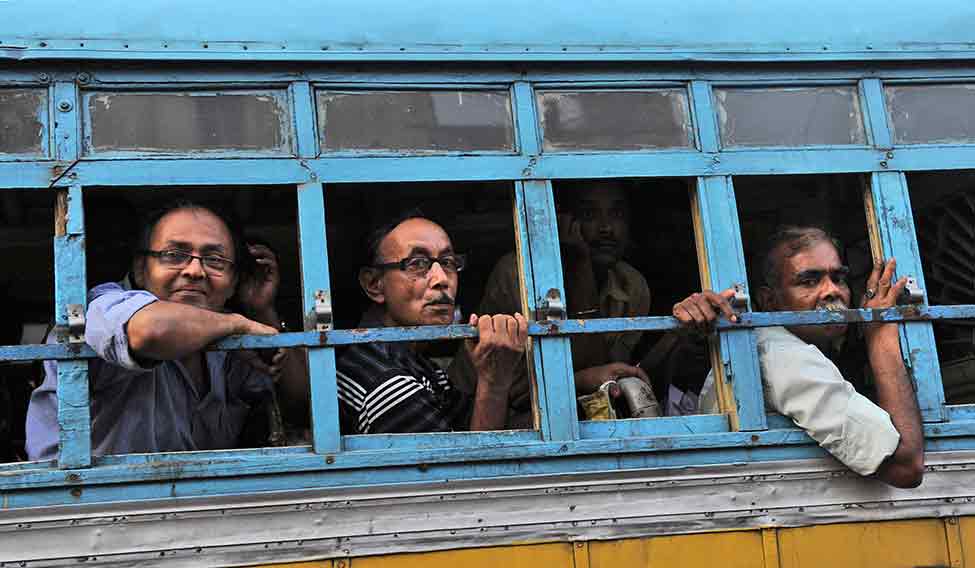The middle class in India is a small section of the population. In the west, people do not talk of middle class as any different from society. That is because a huge majority there is the middle class. There, you can say, the middle class is like a junta!
But that is not the case in India; we do not have any middle class society at all. I am reminded of many comparisons of the Indian middle class in Thorstein Veblen’s theory of the leisure class or as described in R.H. Tawney’s The Acquisitive Society.
To me middle class is particularly white collar. The number of families with members having white collar jobs in India would be just 3 per cent. People doing agriculture or traditional crafts want to be white collar. Many will remain aspirers.
Middle class elsewhere is seen in terms of occupation. That is a telling measure for capturing middle class in a society. So, a middle class has to be doing a job that is not labour intensive. But in India, there is no definite measure for who is middle class, except in consumer demand terms.
What we have here in majority could at best be called the dirty white collar class. This class is ambitious and harbours a lot of scope for alternative politics. Some of these do not last long. Like in Egypt or the Anna Hazare movement. It is like rootless people looking for a root to connect.
For our middle class, health insurance is expensive. How many families have insurance? How many have jobs that can sustain a respectable lifestyle? In my experience as an auditor with large audit firms, most FDI that came in India during 2007 and the following years had all exited.
China and South Korea got FDI during those years. But they negotiated the larger picture than small-term benefits that we negotiated as a country. No wonder then that today they have a more sizeable population of middle class than us.
We have a successful telecom marketing story but how many in India have access to the internet. The fact is, there is no consistency for our middle class. Here, consistency is low, law enforcement is low, patronage is high, rules are imperfectly applied all the time. All these contribute to making a middle class life inconsistent.
In an attempt to find new identity, they mimic others, to be more middle class, rather than becoming law abiding. The middle class here is predictable and monochromatic culturally. Growth for them is temporary.
Many Indians who lead a lifestyle similar to western societies may think themselves to be the middle class. But in terms of social relations, they think very differently. I believe that the best and the fastest way to become a universally middle class society in real terms could start from making a society that works to achieve two things—universal health and universal education.
Gupta is a former auditor, sociologist and author.
As told to Soumik Dey.






